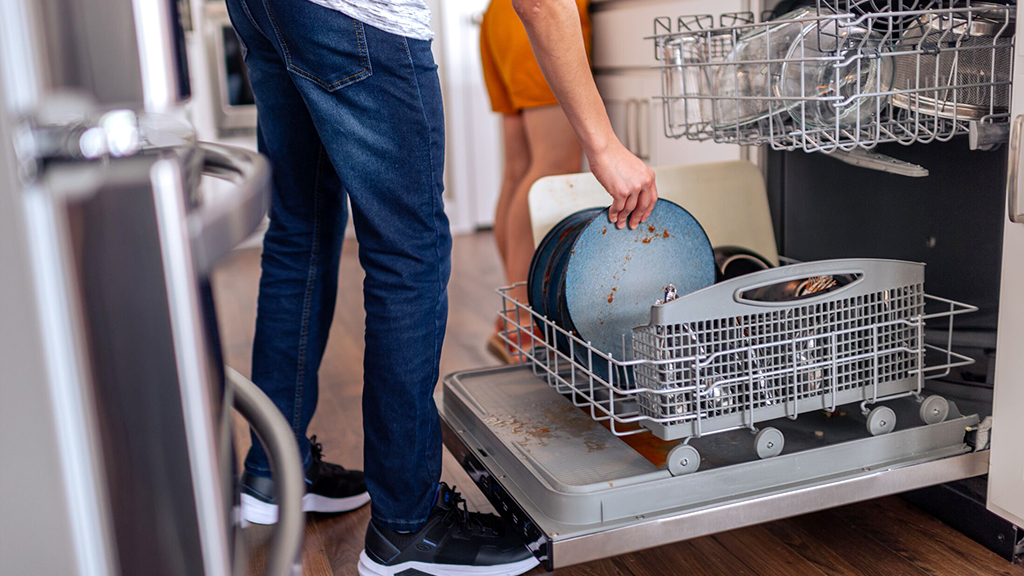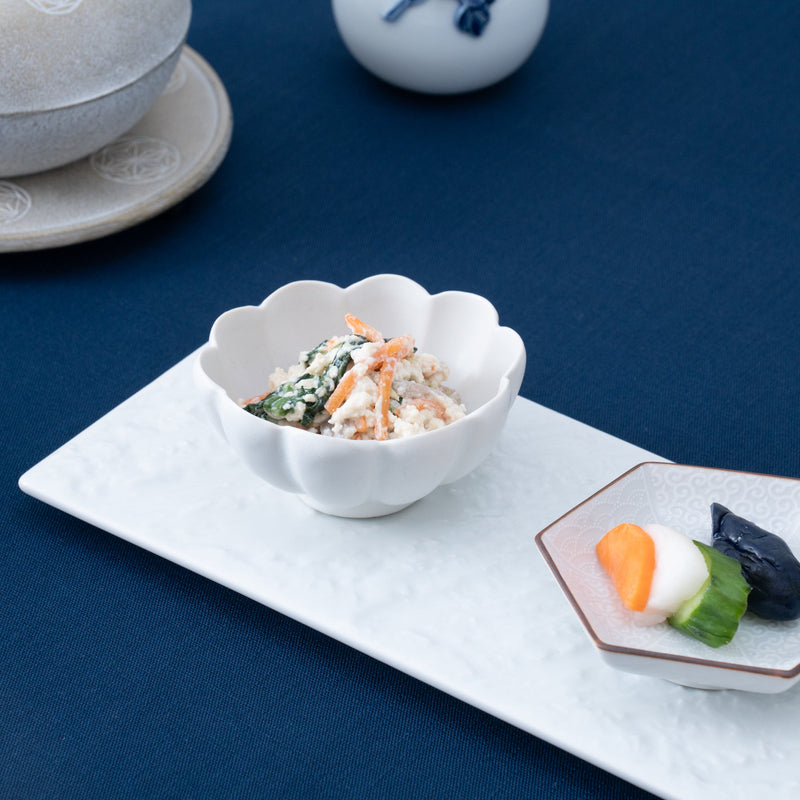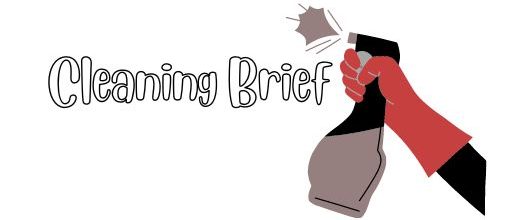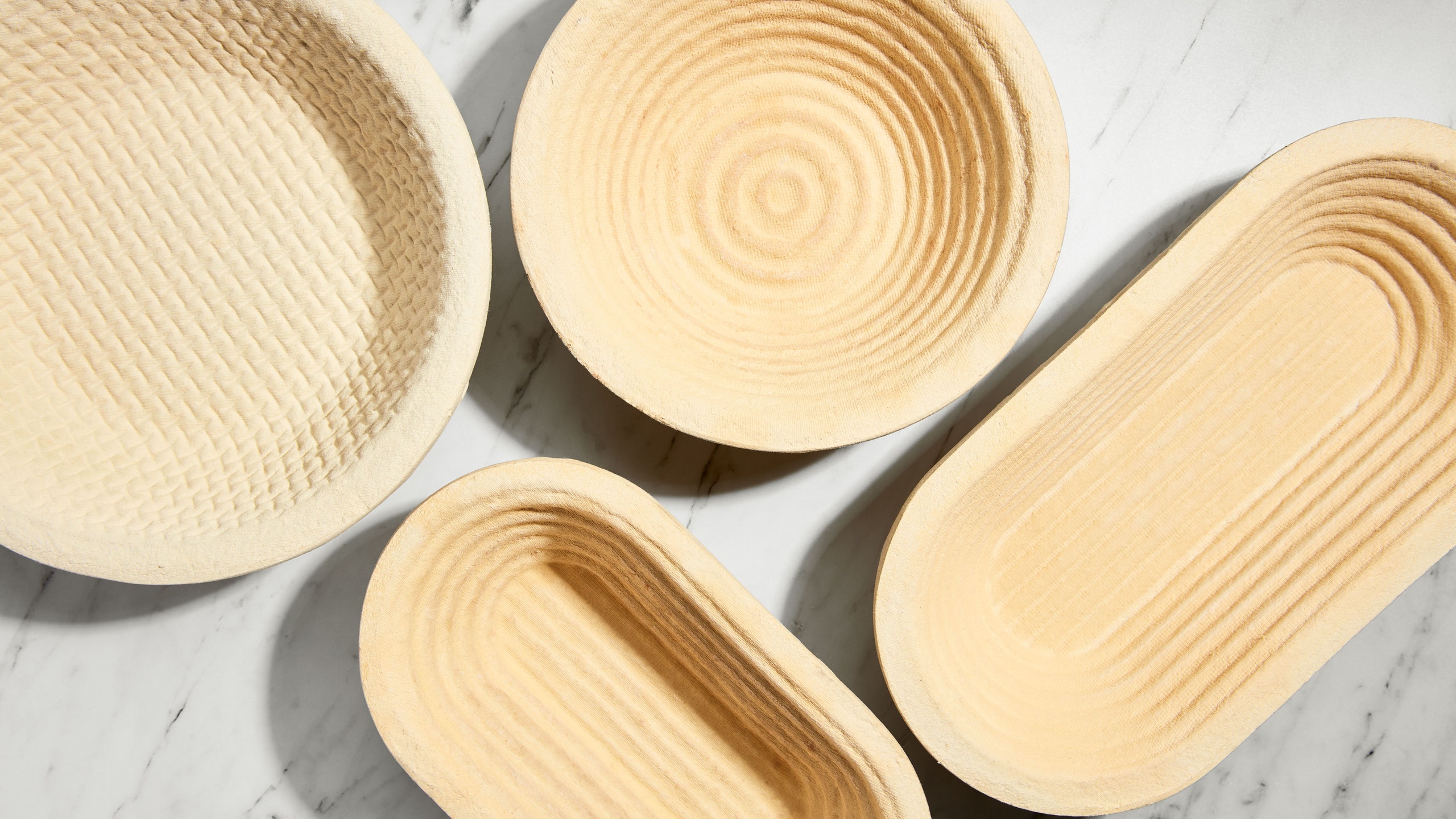How to Clean Mold off of Dishes: Expert Tips for Spotless Dinnerware
To clean mold off of dishes, soak them in a mixture of bleach and water, scrub with a brush, and rinse thoroughly. Cleaning mold off of dishes can be a daunting task, but with the right approach, it can be done effectively.
Mold on dishes is not only unappetizing but can also pose health risks if ingested. Therefore, it is crucial to thoroughly remove mold from dishes before using them again. We will share a step-by-step guide on how to clean mold off of dishes using simple household ingredients.
By following these instructions, you can ensure that your dishes are safe, clean, and ready to use for your next meal. So let’s dive in and learn how to banish mold from your dishes in a few easy steps.
Identifying Mold On Dishes
Identifying mold on dishes is an essential step in maintaining a clean and healthy kitchen. Mold is a type of fungus that can grow on various surfaces, including dishes. It thrives in warm, damp environments, making your kitchen an ideal breeding ground. Recognizing the signs of mold growth on dishes is crucial in preventing the spread of harmful bacteria and ensuring the safety of your meals. In this section, we will discuss the signs to look out for and the common areas where mold tends to grow on dishes.
Recognizing The Signs
Mold on dishes can present itself in different ways, so it’s essential to be vigilant and identify the signs accurately.
- Visible discoloration: Mold often appears as green, black, or white spots on the surface of dishes. These spots may vary in size and can be fuzzy or slimy in texture.
- Musty odor: Mold-infested dishes often emit a distinct musty smell. If you notice an unpleasant odor coming from your plates, cups, or bowls, it could be a sign of mold growth.
- Allergies or respiratory issues: Exposure to mold can trigger allergies or aggravate existing respiratory conditions. If you or your family members experience unexplained allergic reactions or respiratory problems, it’s worth investigating your dishes for mold.
Common Areas Of Growth
Mold thrives in areas that are warm, moist, and poorly ventilated. Knowing where to look for mold growth on dishes can help you target your cleaning efforts effectively.
| Common Areas of Mold Growth on Dishes |
|---|
| Dishwasher: Mold can accumulate in the crevices of your dishwasher, particularly around the rubber seals and filter. |
| Storage cabinets: Dishes that are stored for extended periods may develop mold if they are not properly dried before storage or if the cabinet has poor ventilation. |
| Underneath dishes: Mold can grow beneath stacked dishes that have not been thoroughly dried, especially if they are stored with residual food particles. |
| Cracks and crevices: Mold can easily hide in cracks, crevices, and hard-to-reach areas of your dishes. |
By being aware of these common areas of growth and regularly inspecting your dishes, you can promptly identify and address any mold issues before they become a health hazard. In the next section, we will discuss effective methods for cleaning mold off dishes and preventing its recurrence.

Credit: www.asurion.com
Safety Precautions
Mold on dishes can be a health hazard if not handled properly. When cleaning mold off dishes, it is essential to take certain safety precautions to protect yourself and ensure a safe environment. The following safety measures should be followed:
Protective Gear
Wearing appropriate protective gear is crucial to safeguard your health while dealing with mold. It is recommended to wear the following protective equipment:
- Gloves: Use sturdy rubber gloves to protect your hands from direct contact with mold and cleaning agents.
- Mask: Wear a protective mask to prevent inhaling mold spores or any harmful chemicals.
- Goggles: Protect your eyes by wearing goggles to prevent any splashes or irritants.
- Long-sleeved Clothing: Wear long-sleeved clothing to minimize skin exposure to mold and cleaning agents.
Ventilation
Proper ventilation is essential to ensure the safety of the cleaning process. When cleaning mold off dishes:
- Open windows and doors to allow fresh air to circulate, which helps in minimizing the spread of airborne mold spores.
- Use a fan to improve air circulation in the area and expedite the drying process.
- Avoid cleaning in enclosed spaces without proper ventilation.
By following these safety precautions, you can protect yourself from potential health risks associated with cleaning mold off dishes. Remember to always prioritize your safety and take the necessary precautions every time you handle mold-infested dishes.
Pre-cleaning Preparation
Before starting the process of cleaning mold off dishes, it’s crucial to properly prepare for the task. The pre-cleaning preparation involves gathering necessary supplies, sorting, and organizing the dishes for effective cleaning. By following these steps, you can ensure that the cleaning process is efficient and yields satisfactory results.
Gathering Necessary Supplies
- Dishwashing gloves: Protect your hands from chemicals while cleaning.
- Dish soap: Choose an anti-bacterial soap to effectively remove mold.
- Vinegar: Its acidic properties help to kill mold spores.
- Baking soda: Known for its abrasive nature, it can aid in scrubbing away tough mold stains.
- Sponge or scrub brush: These are essential for scrubbing and removing mold from dishes.
- Hot water: Using hot water can help in effectively loosening mold from the dishes.
Sorting And Organizing
Before diving into the cleaning process, it’s important to sort and organize the affected dishes. This involves:
- Sorting by Severity: Separate heavily mold-infested dishes from lightly affected ones.
- Organizing by Material: Group dishes based on their material type, such as glass, plastic, or ceramic.
- Ensuring Adequate Space: Arrange the items in a well-ventilated area for easy access during the cleaning process.

Credit: musubikiln.com
Effective Cleaning Methods
Cleaning mold off dishes is essential to ensure the health and safety of you and your family. Mold can easily grow on dishes if they are not properly washed and stored.
Handwashing With Hot Water And Soap
One of the most effective ways to clean mold off dishes is by handwashing them with hot water and soap. This method is simple and can be done with common household items.
Here’s a step-by-step guide:
- Fill your sink or a large basin with hot water. The water should be as hot as you can comfortably handle.
- Add a generous amount of dish soap to the water. Dish soap contains surfactants that help break down and remove the mold.
- Place the moldy dishes in the soapy water, making sure they are fully submerged.
- Using a sponge or dishcloth, scrub the dishes vigorously to remove the mold. Pay extra attention to any visible mold spots.
- Rinse the dishes thoroughly with clean hot water.
- Allow the dishes to air dry completely before storing them.
Using A Bleach Solution
Another effective method for cleaning mold off dishes is by using a bleach solution. Bleach is a powerful disinfectant that can kill mold and prevent its regrowth.
Here’s how to use a bleach solution to clean moldy dishes:
- In a well-ventilated area, mix 1 tablespoon of bleach with 1 gallon of water. Avoid using more bleach than recommended, as it can damage the dishes.
- Submerge the moldy dishes in the bleach solution, ensuring they are fully covered.
- Let the dishes soak in the solution for at least 10 minutes.
- Using gloves, remove the dishes from the bleach solution.
- Rinse the dishes thoroughly with clean water to remove any bleach residue.
- Air dry the dishes completely before storing them.
Cleaning mold off dishes may require some extra effort, but it is crucial for maintaining a clean and healthy kitchen. With these effective cleaning methods, you can ensure that your dishes are mold-free and safe to use.
Post-cleaning Prevention
Once you have successfully cleaned the mold off of your dishes, it is important to take preventive measures to ensure that it does not return. Consistently practicing proper post-cleaning prevention techniques will help to maintain a healthy and mold-free kitchen environment. Follow the tips below to keep your dishes clean and free from mold.
Proper Drying Techniques
After washing your dishes, the next step is to ensure that they are thoroughly dried before storing them. Moisture can create an ideal breeding ground for mold to grow, so it is crucial to implement proper drying techniques. Letting the dishes air dry is the preferred method as it allows the water to evaporate completely and minimizes the chance of mold formation.
If you are in a hurry and need your dishes to dry quickly, you can use a clean, dry towel to dry them manually. Make sure to dry both the surfaces and the crevices of the dishes to eliminate any trapped moisture. Avoid stacking the dishes while they are still wet, as this can trap moisture and encourage mold growth.
Storage Tips
Proper storage of your dishes is essential in preventing mold growth. Choose a clean and dry area to store your dishes, preferably a cabinet or cupboard with good ventilation. Avoid placing dishes in proximity to damp areas, such as under the sink or next to a dishwasher, as these areas are more prone to mold growth. If possible, install dehumidifiers in your kitchen to regulate moisture levels and prevent mold.
When storing your dishes, ensure that they are completely dry. Even a small amount of moisture can create an environment for mold to flourish. Wipe the dishes dry with a clean cloth before placing them in storage. Additionally, make sure to inspect your storage area regularly for any signs of mold. If you do spot mold growth, it is crucial to promptly clean it to prevent further contamination.
Summary
Following proper post-cleaning prevention techniques, such as thorough drying and appropriate storage, will help to keep mold at bay and maintain the cleanliness of your dishes. Regularly inspecting your storage area and promptly addressing any mold growth will ensure a healthy and mold-free kitchen environment.

Credit: www.facebook.com
Frequently Asked Questions Of How To Clean Mold Off Of Dishes
How Can I Remove Mold From Dishes Without Bleach?
You can remove mold from dishes without using bleach by soaking them in a mixture of vinegar and water. Allow the dishes to soak for a few hours, then scrub them with a scrub brush or sponge. Rinse thoroughly before using.
Vinegar is a natural disinfectant that can kill mold effectively.
Is It Safe To Eat From Dishes With Mold?
It is not safe to eat from dishes with mold. Mold can produce toxins that can be harmful to your health. Even if the mold is not visible, it can still be present on the dishes. It is important to clean and sanitize dishes properly to ensure your safety.
How Often Should I Clean My Dishes To Prevent Mold?
To prevent mold from growing on your dishes, it is recommended to clean them after each use. Make sure to thoroughly wash and dry the dishes to remove any food particles or moisture that can promote mold growth. Regular cleaning and proper storage can help prevent mold from forming on your dishes.
Conclusion
Cleaning mold off dishes is crucial for your health and well-being. Regular maintenance and proper cleaning techniques can prevent mold growth and keep your dishes safe to use. By following the steps outlined in this guide, you can effectively remove mold and maintain a clean and healthy kitchen environment.







